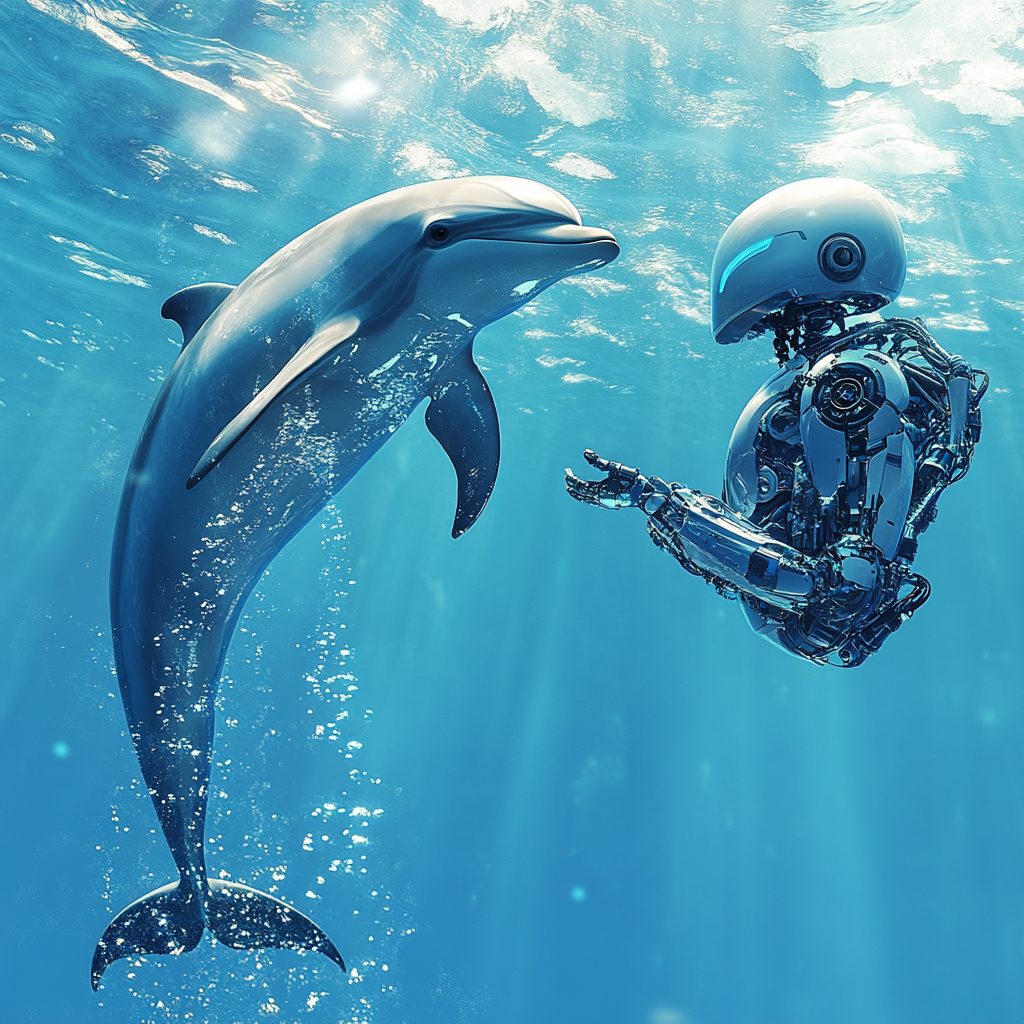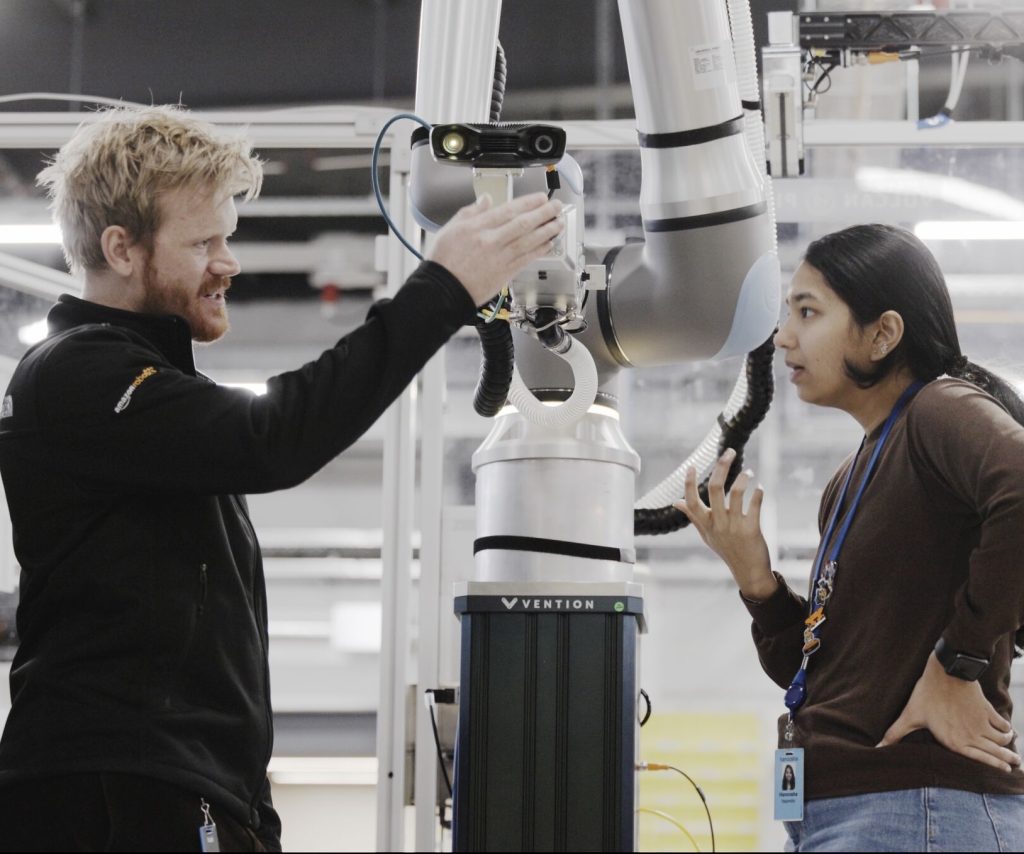What if artificial intelligence could finally help us talk to animals?
That’s not just a sci-fi fantasy anymore. Google DeepMind’s new open-source model—Dolphin—might be the first step toward bridging the communication gap between humans and other species. Inspired by the idea that AI can be trained to understand and respond to complex instructions (including from different environments and contexts), this release could someday help us interpret patterns in non-human communication—yes, even dolphin clicks and whistles.
But let’s bring it back to Earth for a second. The real reason this matters today? Dolphin isn’t just a clever name—it’s also a breakthrough AI model built on Google’s lightweight Gemma architecture that’s giving much bigger, flashier models a run for their money. And it’s totally open-source.
Why Dolphin is Making Waves
Built on the Gemma-7B base, Dolphin-Gemma was instruction-tuned by DeepMind to follow tasks more accurately—without bloating the model with unnecessary data. Think of it like training an animal not just to mimic sounds, but to understand commands and act meaningfully.
And the results? Stunning.
Dolphin outperformed Meta’s LLaMA 2 (13B) across multiple tasks—despite having nearly half the number of parameters. It even beat many popular open models in reasoning, math, and instruction-following benchmarks.
It’s light enough to run on local machines, yet smart enough to handle real tasks. And yes, it’s fully open for commercial use. In a world dominated by closed models and billion-dollar budgets, Dolphin feels like a breath of fresh sea air.
“We hope this can help close the gap between proprietary and open models,” the DeepMind team notes in their official post.
And maybe—just maybe—it could close the gap between humans and animals, too.
A New Kind of Intelligence
The name Dolphin isn’t a marketing gimmick. Dolphins are known for their intelligence, cooperation, and unique communication systems. By naming their model Dolphin, Google subtly nods to what’s next in AI—not just better performance, but broader understanding, even across species.
It’s not hard to imagine a future where this model helps researchers decode non-verbal signals or assist in studying animal behavior. The implications stretch far beyond productivity hacks and chatbots.
Q&A: What People Are Asking
Q: Can Dolphin really help with animal communication?
A: While Dolphin isn’t built specifically for this, its instruction-following abilities and open access make it a great starting point for researchers exploring cross-species communication models. That includes studying dolphin language—an area where AI is already being tested.
Q: Is Dolphin a serious alternative to bigger models like GPT or Gemini?
A: In many benchmark tasks, yes. Dolphin-Gemma-7B outperforms larger open models like LLaMA 2 13B. It’s smaller, lighter, and still packs impressive reasoning and instruction-following skills—making it a strong option for real-world applications.
Want stories that make AI feel less robotic and more remarkable?
Sign up for our AI Newsletter for more insights that connect tech with imagination.
Have thoughts on the future of AI and animal intelligence? Drop a comment below—we’d love to hear it.
And if you’re exploring how to build or apply AI in smart, ethical, and creative ways—talk to our consulting team for tailored guidance. We speak both business and (maybe someday) dolphin.


